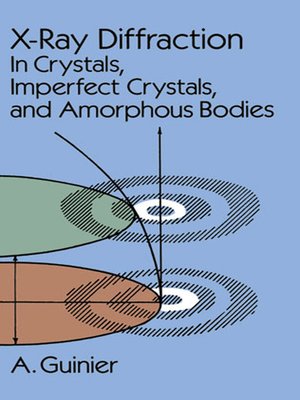

It provides information on structures, phases, preferred crystal orientations (texture), and other structural parameters, such as average grain size, crystallinity, strain, and crystal defects. For approved users the facility is open 24/7. X-ray diffraction (XRD) is a powerful nondestructive technique for characterizing crystalline materials. Matthias Zeller Purdue University, Department of Chemistry X-ray Crystallography, Wetherill 101 560 Oval Drive West Lafayette, Indiana 47907-2084Įxtended hours upon appointment. Wetherill Chemistry Building - Room 101 (right under the Catalyst Cafe)ĭr. The X-Ray Crystallography Facility provides services and resources related to X-ray analysis such as single crystal structure analysis for organic, inorganic, metal organic and hybrid materials (indexing, unit cell and structure determinations, absolute structure), powder and multicrystalline X-R-ray diffraction (phase ID, Rietveld analysis, high temperature measurements, thin film measurements, X-ray reflectivity) and also X-ray fluorescence analysis. Up to this point, the scientist will have performed practical experiments, but after this, everything is.

Data collection, structure analysis, and crystallography consultation services. After a single crystal of a protein has been used in an X-ray diffraction experiment, the scientist has a set of images that contain the raw data from which an accurate molecular structure of their protein may be determined.


 0 kommentar(er)
0 kommentar(er)
